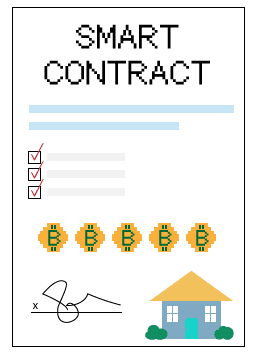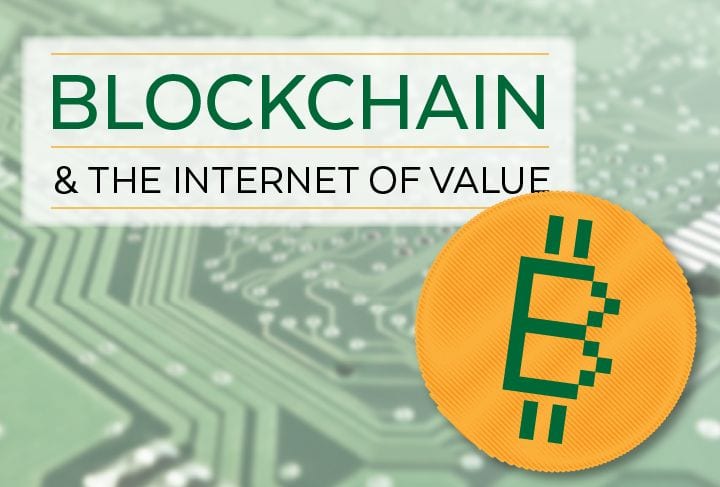Over the past 10 years you’ve probably heard a lot of banter about Bitcoin. If you’re the curious type, I’m sure you’ve already done a deep dive on how it all works.
But for the uninitiated, it can actually still be quite confusing. This despite how much information is freely available today.
So just what is a Blockchain? What’s a bitcoin?
Well, at it’s most basic level, Bitcoin is a cryptocurrency. Meaning, it’s an entirely digital form of currency.
What many originally believed to be nothing more than a fad, has proved to be quite lasting and noteworthy. It’s even, dare we say it, revolutionary!
As the general public has become increasingly educated about the benefits of cryptocurrency, they have started to earnestly invest in it. Not only that, but it’s actually becoming quite common for people to use bitcoins to buy all manner of things. From dog treats and beer, to plane tickets and even luxury residences.
Recently, it’s worth noting that there are many more players in the cryptocurrency game than just Bitcoin. Other currencies have begun to pop up, like: Ethereum, Zcash, Litecoin, and Ripple to name a few.
The situation is the same with these digital currencies. What’s most exciting to us, is not necessarily the currency itself, but the blockchain!
To many, the blockchain is the breakthrough that has the potential to truly revolutionize the world and business.
In a recent TedX talk, Don Tapscott explained this revolutionary technology in a very digestible manner. It’s well worth the listen.
Tapscott is a digital strategist and has just written a book: The Blockchain Revolution. In it he defines the blockchain as an ingeniously simple, revolutionary protocol that allows transactions to be simultaneously anonymous and secure by maintaining a tamperproof public ledger.
Tamperproof transactions… online? Sounds almost too good to be true. Especially in light of the recent Equifax breach.
Let’s take a closer look at how blockchain technology was developed.
How Blockchain Began
After the big bubble burst in 2008, an anonymous person (or people) calling themselves Satoshi Nakamoto (a pseudonym) wrote a paper that laid out the protocol for a new form of digital transaction using cryptocurrency. More specifically, Satoshi Nakamoto is responsible for designing both bitcoin and the first blockchain database.
The goal of the database was simple enough. Enable people to perform safe transactions without the need for an intervening 3rd party (think big banks or credit card companies).
 And the blockchain database can accomplish just that. There’s no need for an intermediary like a bank, the government, or payment company.
And the blockchain database can accomplish just that. There’s no need for an intermediary like a bank, the government, or payment company.
It enables users to send and receive money securely in seconds. Consider the benefits…
- Trustworthy
- Peer-to-peer
- Heavily encrypted
Bitcoin itself fluctuates quite a bit, and is essentially an investment driven opportunity. Blockchain on the other hand, has turned out to be a rock solid foundation for business.
Think about it like this. If you have a smartphone and a wireless access point, you can get instant access to the wealth of human knowledge thanks to the internet. That is essentially what blockchain can do for money and business.
Blockchain does for money, what the internet did for the democratization of information.
Blockchain Is a Digital Ledger
Blockchain assets are distributed across a vast, global ledger.
When a transaction happens, it’s posted around the globe on millions of computers at once, and not through a centralized 3rd party.
Every 10 minutes a new, time-stamped block gets created that captures all of the transactions that took place within that previous span of time.
It’s a networker installer’s dream come true! Millions of computers linked through one vast network. Fascinating stuff.
Things that intermediaries are required for with other types of transactions, are completely handled by the blockchain approach.
- Authentication / Identification
- Clearing payments / Settling
- Recordkeeping
Blockchain does all of that, and it’s much more secure because of its decentralized redundancies.
The problem with centralized entities is that they can get hacked.
Because millions of decentralized, time-stamped blocks are recorded simultaneously across the globe, hacking that poses a substantially more difficult challenge.
Last but not least, it’s worth noting that when you are transacting through blockchain, a smart contract takes place.
How Smart Contracts Work

Traditionally, businesses and people who want to buy things like a house or new car would need to do so through a broker or dealer of some kind and put all of that information into one system.
Fees for those services are typically spread between buyer and seller. The third parties themselves can make a pretty penny through this process. International money transfers, for instance, can cost up to 10 percent of the amount being sent!
As an alternative, Ethereum blockchain transactions have something called a smart contract built in.
A smart contract is simply a software program that automatically stores and executes the terms of the contract while the financial transaction is taking place. It’s considerably less expensive than the alternative.
This added piece of the puzzle is at the heart of why intermediaries aren’t needed. It also ensures safety for both parties involved in the transaction since both will retain a copy of the smart contract.
The chronology of things transacted are stored on blocks and can be accessed at a later date.
What Has This Meant for Banking?
Change happens slowly on such a large scale, but we can already see some industries where blockchain has begun to disrupt the status quo.
- Banking
- Commerce
- Healthcare
- Legal
- Cybersecurity
One advance taking place in the networking space is a collaboration between IBM and Samsung. It’s a decentralized network of IoT devices called Adapt. Aimed at eliminating the need for a centralized hub, devices will be able to communicate directly to one another.
Capabilities of Adapt include updating software between devices, managing and troubleshooting bugs, and actively monitoring energy use.
That project is still in the early stages, but the potential is truly amazing.
It doesn’t mean we won’t have a need for ISPs of course. But it does mean that the greediest third party providers may not be able to hold quite as much sway.
Where Do We Go From Here?
Honestly, it’s anyone’s guess.
Much like the early days of the Internet, things are moving fast. But it’s mainly on the backs of a small group of technology specialists, who are laboring to figure out how to make this budding resource available to a larger audience.
It’s not unlike the early days of the internet honestly. People are fast learning how they can use this technology for both personal and professional advantage.
Wallets, cryptocoins, and software programs are rolling out at a rapid pace. It’ll be exciting to see where this technology goes in the coming years.
For now, know this: all of these computers will need to be connected to each other. And that, is a world of opportunity for those of us in the networking business. So buckle up!
As always, we’d love the chance to help you put together the perfect network for your clients. Reach out to our support team to learn more or get started!


